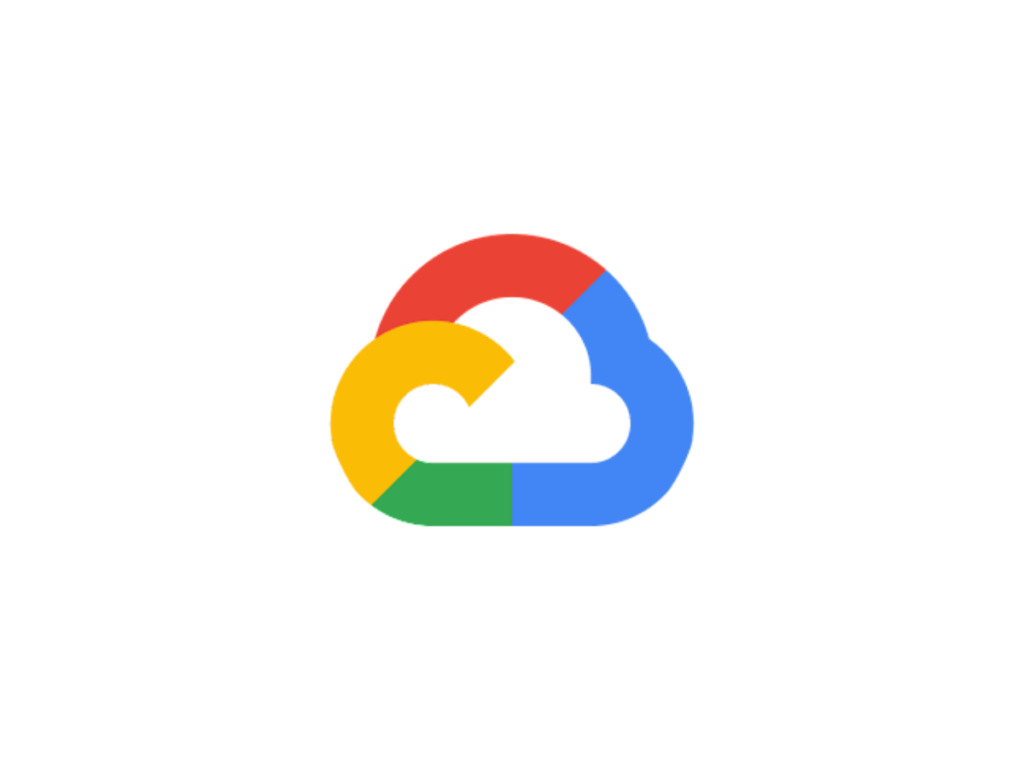Tron blockchain joins Google Cloud BigQuery, offering real-time insights into transactions and community engagement.
The Tron blockchain was just added to the datasets with a crypto theme gathered by the Google Cloud BigQuery service, which handles interactive big data research.
In order to access real-time data and projections regarding the Tron ecosystem, including transactions, smart contract interactions, TRX token flows, and community involvement, BigQuery users can now query Google Cloud and its machine learning capabilities.
As more vendors prepare to sell their services and as there is an increasing amount of cryptocurrency information available in the huge virtual realm of the web3, the trend of querying data from the crypto world via AI and data warehouse software is expanding.

Tron is now included in Google Cloud’s BigQuery cryptocurrency data list
BigQuery Studio, a Google Cloud data processing service, recently updated its public dataset about the cryptocurrency market to include details about the Tron network and ecosystem.
BigQuery from Google Cloud is a serverless data warehouse that uses machine learning and Google’s infrastructure to generate SQL queries for real-time analysis of massive datasets.
Developers and practitioners may streamline the analytical workflow in the areas of importing, exploring, and visualising the data itself using this multi-cloud solution.
Additionally, the service has an AI tool that suggests functions, blocks, and fixes while writing SQL and Python code.
Due to the robust growth of the web3 industry and the increase in the quantity of potentially useful repositories across the several decentralised servers, Google Cloud is now thinking about adding data with a crypto theme that is categorised based on the blockchain that it is a part of.
Tron, the second-most capital-locked cryptocurrency network, has become a fixture of the decentralised application scene.
Tron leads the DeFi market with $6.63 billion TVL, behind Ethereum. Given the massive quantity of data collected by the Tron network, BiQuery sets allow industry specialists to analyse and depict on-chain data history, trc-20 token flows, smart contract interactions, and user engagement.
Of course, all of this is provided by using the Google Cloud platform instead of depending on specific nodes or indexers.
The internet giant’s service keeps becoming better every day, accumulating a growing amount of data, guaranteeing the accuracy of data sets, and adding new features in response to customer feedback.
Large amounts of data pertaining to ten other blockchains, notably Arbitrum, Cronos, Ethereum (Görli), Fantom (Opera), Near, Optimism, Polkadot, Polygon Mainnet, and Polygon Mumbai, are currently available in BigQuery in addition to Tron.
Big data querying and analysis in the context of blockchain: Nansen, ChatGPT, and The Graph
As the Web3 community has evolved, various centralised and decentralised services have emerged to analyse massive data like Google Cloud’s BigQuery. These services seek to give developers faster interactive crypto information analysis solutions.
Tron’s integration into Google’s data warehouse is only the latest in a fast-changing world.
The addition of the Near network dataset by Nansen Query, a reliable programmatic access to blockchain data, a few days ago shows the progression of this trend.
Tron data was also added into it in May of this year.
ChapGPT added a plugin two days ago that lets users question the chatbot and use Coinmarkecap’s internal data for data analysis, reprocessing, and export.
This allows non-technical data analysts to explore the topic in depth and gain unique insights in real time.
In addition to the connectors, open-source blockchain app activity monitoring software is growing in popularity. This could hurt Google Cloud’s growth.
moreover the Graph is an AI cryptography project that helps developers creatively use relevant data to improve their apps.
The Graph indexes various data into “Subgraphs,” enabling users to submit query requests and get precise and fast answers.
Indexers and delegators help the project process massive amounts of data and distribute it to end users in exchange for cryptocurrency rewards from network revenues.
Staking a certain amount of GRT, a protocol utility token that is “forfeited” in the event of misbehaviour, is required in order to function as indexers or delegators.
This method guarantees flawless operation of the service in accordance with game theory and Ethereum’s Proof of Stake mechanism.
Finally famous software like Uniswap, Curve, and Aave use the Graph. It uses about 200 indexers and 40,000 projects.
An integration of over 40 crypto networks is possible, although Tron and its neighbours’ data cannot be accessed in The Graph.











